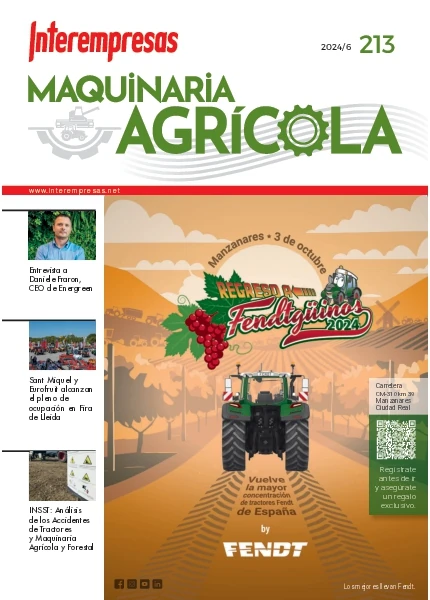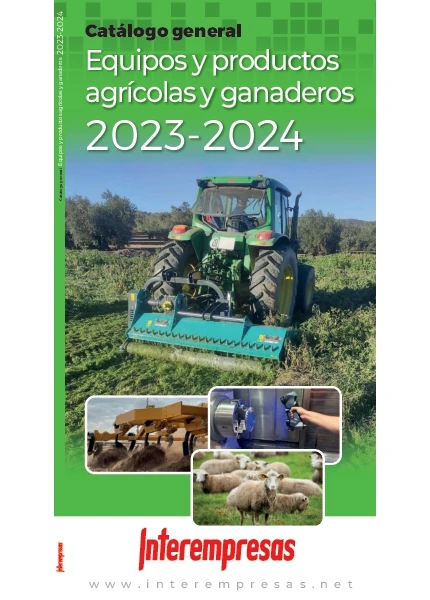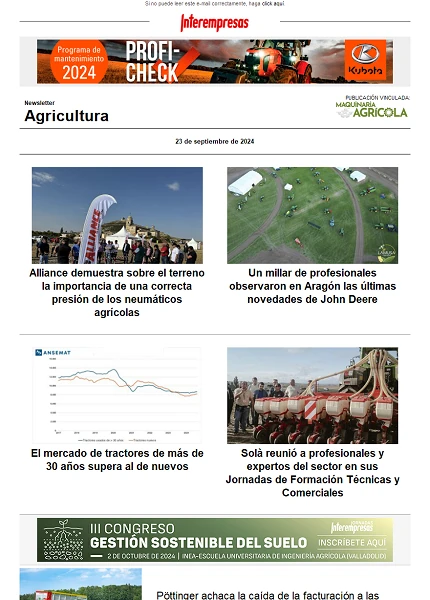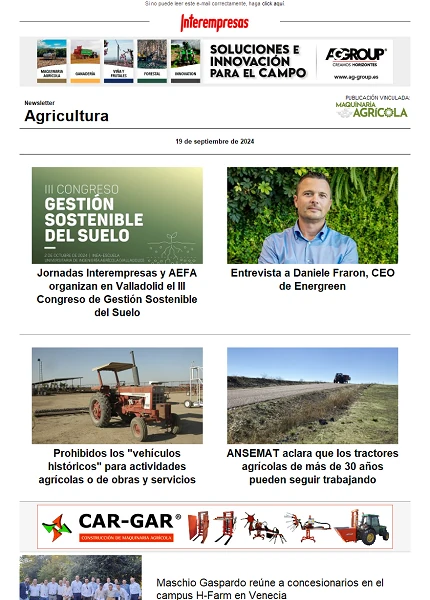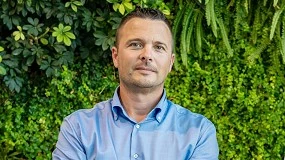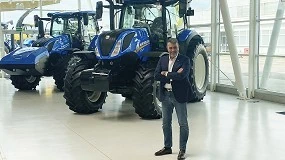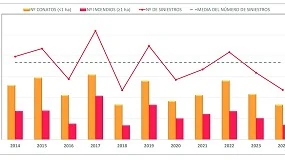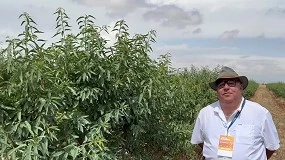Retos y amenazas
El futuro de la gestión integrada de plagas

Una de las más completas y fundamentadas estimaciones de las pérdidas de la agricultura mundial sitúa en dos terceras partes de la producción potencial las pérdidas de cosecha debidas a plagas, enfermedades y malas hierbas y que con los métodos actuales sólo somos capaces de evitar la mitad de esas pérdidas por término medio. El real decreto 1311/2012 de Uso Sostenible de Productos Fitosanitarios, que es la trasposición de la directiva 2009/128/CE del mismo nombre, trata de reforzar la aplicación de la gestión integrada de plagas (GIP) que en ese caso debe entenderse que incluye las plagas propiamente dichas, las enfermedades y las malas hierbas.
El escenario de la GIP
Debe recordarse que la agricultura, en cualquiera de su variedad de modalidades, opera en un ecosistema, el llamado ecosistema agrícola o agrosistema, que sigue las reglas de funcionamiento de cualquier ecosistema aunque en este caso esté muy modificado en comparación con otros ecosistemas más naturales. Aunque una de las modificaciones sea la simplificación del número y diversidad de organismos, la complejidad del sistema sigue siendo muy alta. En mi presentación del congreso Vegetal World, celebrado en Valencia el pasado mes de octubre, utilicé el esquema trófico simplificado de la figura adjunta para señalar algunos de los componentes más destacables del ecosistema agrícola en relación con la sanidad vegetal (ver Figura 1).
Un ligero cálculo del número de interacciones que pueden darse en un ecosistema, aun siendo éste muy sencillo como podría ser un cultivo anual de corta duración, nos llevaría a la conclusión que hay miles de esas interacciones entre las diversas especies de plantas, de organismos fitófagos, de especies depredadoras o parasitarias, y de microorganismos que causan enfermedades o antagonismos en las anteriores; todo ello además influido por la condiciones abióticas que tienen efecto en todos los componentes y sus relaciones. Aunque sólo sea con este dato, podemos comprender que la GIP, que trata de operar de forma integrada sobre todos los componentes y sus relaciones, se enfrenta a una complejidad enorme que sólo su profundo conocimiento permite manejarlo de forma razonada y razonable.

Los avances en materia de investigación
Un primer paso necesario para el desarrollo fundamentado y aplicación de métodos de GIP es el conocimiento del ecosistema agrícola en el que queremos operar. Y la visión debe ser integrada, global, más allá de las parcelas propias de las distintas disciplinas científicas implicadas. La Ecología —como disciplina científica integradora— nos da esa visión. Desgraciadamente, la Ecología no siempre ha atendido las necesidades del ecosistema agrícola, de manera que algún autor ha dicho que el control integrado de plagas ha dado más a la Ecología de lo que ha recibido de ella. Es una lástima porque una más decidida aportación de los ecólogos al conocimiento de los ecosistemas agrícolas beneficiaría muy rápidamente la GIP. Desde aquí, por lo tanto, puede hacerse una llamada a la investigación en Ecología para que dedique más esfuerzos a los agrosistemas.
En lo que se refiere específicamente a las líneas de investigación en control de plagas destacan tres ámbitos en los que se ha acelerado el progreso del conocimiento y de sus aplicaciones tecnológicas. Me estoy refiriendo al campo del control de plagas propiamente dichas; no me voy a referir al control de enfermedades y malas hierbas por falta de espacio y porque, además, no los conozco con la misma intensidad. El primer ámbito incluye el control biológico. Hoy en día en Europa, y muy concretamente en España, hay más control biológico que nunca; no hay más que ver cómo la aplicación del mismo en el último decenio en cultivos tales como los frutícolas, los cítricos y los hortícolas protegidos (menos en fresa) ha permitido la reducción de productos fitosanitarios y su más eficiente uso. No hablo exclusivamente del control biológico en el que se sueltan enemigos naturales, sino también de aquél en el que se aplican las técnicas de conservación de enemigos naturales que son la base en fruticultura o citricultura.
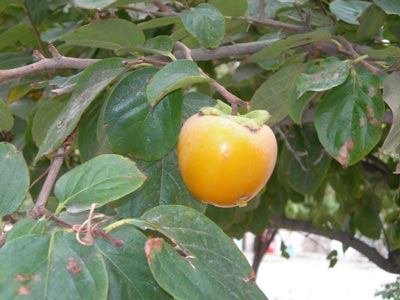
Aquí, en ese primer ámbito de progreso de la GIP también podríamos incluir el control microbiano en el que empiezan a disponerse de manera creciente de preparados a base de bacterias, virus y hongos que causan enfermedad en las plagas y se espera que la presencia en el mercado de esos bioplaguicidas crezca de manera notable en los próximos lustros.
El segundo ámbito de la gestión integrada de plagas en el que se progresa aceleradamente es en el de las relaciones entre las plantas cultivadas y los insectos y ácaros fitófagos. Esa relación se está viendo que es tremendamente compleja y rica en mecanismos que pueden ser aprovechados para comprender mejor la naturaleza de los daños que causan esos fitófagos en las plantas cultivadas y para hacer que las plantas sean más resistentes o tolerantes a las plagas. No olvidemos, por otra parte, que las técnicas modernas de modificación de los genomas de las plantas están permitiendo que se dispongan de plantas con mecanismos muy diversos de resistencia. El progreso en ese campo en el plano comercial está sólo en los comienzos y podría ser más rápido si perdemos el miedo, que no la cautela científicamente rigurosa, a las aplicaciones biotecnológicas en la agricultura como no lo ha tenido la medicina humana y veterinaria; no se entiende por qué lo tiene la medicina vegetal.
Por fin, un tercer ámbito de innovación creciente en los últimos tiempos en la gestión integrada de plagas es en el de la comunicación interna de las especies de insectos y ácaros (feromonas, básicamente) y la que establecen con las plantas de las que alimentan. A ésta última ya nos hemos referido en el párrafo anterior; en el campo de las feromonas sigue avanzando en todo el mundo la superficie agrícola cubierta con feromonas, sobre todo para la confusión sexual (la aplicación en las parcelas de cultivo de sustancias que sirven de comunicación sexual entre machos y hembras que impide el encuentro entre ambos). Tengo la impresión, aunque no tengo datos reales que la fundamenten, que el avance en la aplicación en ese campo de la feromonas no es seguido a la misma velocidad por la investigación básica sobre cómo se produce la comunicación a través de esos mediadores. Si esa impresión se corresponde con la realidad estaríamos en la situación inversa a la descrita en el párrafo anterior en el que el rápido avance teórico da sus frutos en desarrollos tecnológicos a una velocidad menor.
El Plan de Acción Nacional para el Uso Sostenible de los Productos Fitosanitarios
Indudablemente la aplicación del RD1311/2012 va a dar, ya lo está dando y por lo menos se habla de ello, un empujón al progreso de la sanidad vegetal en la agricultura española. Desde la Asociación Española de Sanidad Vegetal (Aesave) hemos seguido en los dos últimos años la gestación de ese desarrollo legislativo, tanto el propio RD como el Plan de Acción Nacional (PAN) que se deriva del anterior y lo seguimos haciendo tratando de aportar el punto de vista de más de mil profesionales de la sanidad vegetal a la mesa sectorial correspondiente del Magrama. Se han hecho avances importantes en las intenciones expresadas en el PAN aunque quizás se haya sido excesivamente lento o cauteloso en algunos aspectos tales como la formación necesaria para los asesores de GIP, figura clave para la aplicación de la GIP en el campo, o en la obligatoriedad de disponer de asesores de GIP en cultivos que cubren millones de hectáreas de la agricultura española como los cultivos extensivos. Habrá que esperar, tal como ha expresado repetidamente el Magrama, que estamos al principio y que es su intención ir modificando y ampliando el campo de aplicación previsto actualmente en el PAN.
El reto 2014
A partir del año 2014 será obligatorio que todas las explotaciones realicen un monitoreo de plagas. Pero, ¿asumirá el agricultor estos trámites como una traba o como una inversión? En mi opinión, si el agricultor lo ve como un coste más para cumplir con las normas estamos perdidos. Es un reto para el mundo técnico de la sanidad vegetal en Europa que el agricultor pueda comprobar que la asesoría de GIP le permite mejorar la productividad y, por tanto, el beneficio al mismo tiempo que cumple con las normas de la agricultura europea y le mantiene los mercados actuales e incluso le abre otros que son muy exigentes en esas materias de salubridad alimentaria. Fíjense la cantidad de técnicos que hoy en día actúan en la agricultura española bajo diversos paraguas y denominaciones: técnicos de producción integrada, técnicos de ADV, de Atria, etc. Lo hacen porque se ganan su sueldo, porque el agricultor ve que les resuelven problemas y les ayudan a mantener la rentabilidad de su explotación hasta el punto que en la sanidad vegetal de la agricultura española hay un antes y un después de que esos técnicos empezaran a actuar. Si no fuera así, habrían desaparecido. Seamos por tanto optimistas.
Los cultivos y las técnicas
Lo que marca la diferencia en el progreso de aplicación de la GIP es, sobre todo, el tipo de cultivo. Sin hacer un recorrido sistemático por todos los cultivos, los cultivos hortícolas, los frutícolas y los cítricos son los que han mejorado más sensiblemente en los últimos años en lo que respecta al control de las plagas en sentido estricto, es decir, el control de insectos y ácaros fitófagos; no me atrevo a opinar sobre el control de enfermedades y malas hierbas. En otros cultivos como el olivo o la alfalfa, por ejemplo, han experimentado avances notables en plagas concretas. Es una visión, la mía, muy parcial y otros colegas pueden tener otra opinión. Hay varios indicadores que, de conocer su evolución en los últimos lustros, nos permitirían responder con más precisión y objetividad a la pregunta de los cultivos y comunidades más activas en este campo. Entre ellas, no hay duda que se encuentra Andalucía, lo que no puede sorprendernos dada la importancia de la agricultura en esa Tierra. La presencia de varias universidades y el CSIC en la Comunidad con programas muy relevantes para la GIP, el esfuerzo de la administración en promover el asociacionismo alrededor de la asesoría técnica en sanidad vegetal, el dinamismo de algunos sectores agrícolas punteros en recabar esa misma asesoría son factores que, entre otros, han ayudado a ofrecer ese progreso tan significativo en la Comunidad.
La evolución de la producción integrada
La producción integrada es una tecnología que ha progresado muy en relación con el avance científico desde su enunciado formal hace algo menos de 50 años. Destacaría en ella el énfasis que se pone en el desarrollo integrado de la tecnología de producir y proteger nuestras cosechas. No tiene corsés apriorísticos si no están avalados por los datos. Los productos fitosanitarios cubren las necesidades de control cuando el agrosistema no ofrece alternativas o no sabemos aprovecharlas. Son, por tanto, imprescindibles en muchas ocasiones pero aun en esos casos podemos utilizarlos mejor de lo que lo hacemos en ocasiones y, a pesar del progreso experimentado, seguimos faltos de herramientas necesarias para un uso más sostenible de los fitosanitarios; por ejemplo, de valores fiables de umbrales económicos y de técnicas de seguimiento fenológico de poblaciones de insectos y ácaros.

Los insectos amigos
Hay insectos y ácaros que son beneficiosos para el control de plagas. Su utilización es creciente y en algunos casos espectacular la velocidad con la que ha crecido su uso. El caso del control de plagas en los invernaderos en la cuenca septentrional del Mediterráneo es una de las muestras más ilustrativas. No se puede decir cuáles son los enemigos naturales, ni siquiera los más comunes ya que sería necesario mucho tiempo pero hoy en día hay más de cien enemigos naturales que se venden en Europa para el control biológico por parte de decenas de empresas. Aun siendo espectacular esos avances, lo son tanto o más los registrados en el control biológico de conservación —conservar y potenciar los enemigos naturales que ya tenemos en nuestros agrosistemas. En Lleida, hace quince años eran necesarios 4 ó 5 tratamientos específicos para el control de la llamada ‘araña roja’ de los manzanos; hoy en día la media de tratamientos específicos para esa plaga está por debajo de uno. El aparente milagro se ha debido a que hemos aprendido, gracias a la investigación que se ha hecho en las universidades y a la asesoría de los servicios de sanidad vegetal y los técnicos de ADV, a manejar los ácaros depredadores que están presentes en nuestros huertos de manzanos y perales. De esos ejemplos hay unos cuantos en la agricultura europea. Hay que conocer mejor qué depredadores, parasitoides y entomopatógenos tenemos en nuestros campos, cómo funcionan y aprender a sacar partido de los mismos.
Los preparados naturales
Desde hace tiempo conocemos que las plantas tienen compuestos que les permiten defenderse de los insectos y ácaros fitófagos que pretenden obtener en ellas su alimento. No es por tanto extraño que el hombre pensó ya hace tiempo en extraerlos para el control de plagas y posteriormente consiguió sintetizarlos para una aplicación masiva a un precio razonable; es el origen de varias materias insecticidas de amplia utilización. Otras materias insecticidas han encontrado su origen en otras fuentes naturales como diversos microorganismos y organismos marinos. Su uso, sin embargo, es en ocasiones muy confuso; conviven en la misma denominación productos de naturaleza y modo de acción razonablemente conocidos y con eficacia demostrada con otros mucho menos contrastados. Creo que sería necesario poner un poco de orden en ese sector; se beneficiarían los productos mejores.
La GIP en horticultura
La GIP en las hortícolas intensivas y, sobre todo, en las protegidas ha avanzado espectacularmente en lo que va de siglo. En Cataluña el sector es relativamente pequeño si lo comparamos con Almería, Murcia y Huelva, pero nos permitió en los años 80 y 90 del siglo pasado aprovechar primero la experiencia de los invernaderos de Holanda e Inglaterra y posteriormente desarrollar nuestro propio sistema muy basado en la conservación de los depredadores y parasitoides que están presentes en el entorno de los invernaderos mediterráneos. En el sur, el escenario estaba preparado para la explosión del uso de control biológico antes de que lo hiciera en los primeros años de este siglo; el campo de Cartagena ya había conseguido cubrir la mayor parte de superficie de pimiento con el control biológico de trips, moscas blancas y otras plagas pero fue el escándalo de los residuos de fitosanitarios no autorizados en algunas verduras lo que animó a emplear masivamente el control biológico en Almería y resto de Murcia. Creo que hay retos todavía a los que responder; en mi opinión está pendiente sacar partido de los enemigos naturales que hay en el entorno de los invernaderos para no tener que estar soltando tantas especies en el mismo cultivo. También sigue pendiente una mejor utilización del control biológico en la producción de fresa. Pero para eso es necesario reforzar la I+D pegada al terreno en los lugares en donde el cultivo hortícola protegido es el principal medio de vida.
Ramón Albajes es catedrático de la Universitat de Lleida, en el departamento de Producción Vegetal y Ciencia Forestal, y especialista de Agrotecnio Center, del Irta.


